With a month to go before the international architecture crowd descends on Italy’s (sinking) Floating City, the countdown is on to the May 20th public opening of the 18th Venice Architecture Biennale. Curated by Ghanaian-Scottish architect, educator, and novelist Lesley Lokko, programming for this year’s central exhibition, The Laboratory of the Future, is dually themed around decolonization and decarbonization and will be presented in six parts with two core presentations: the exhibition-anchoring Force Majeure at the Central Pavilion in the Venice Giardini and Dangerous Liaisons, staged at both the Arsenale and at Fort Maghera in the mainland borough of Mestre.
Joining these exhibitions is a sizable host of Curator’s Special Projects categorized by a quartet of themes: Food, Agriculture, & Climate Change; Gender & Geography; Mnemonic; and the largest of the four, Guests from the Future, which showcases practitioners hailing from Africa and the African diaspora whose work provides a “snapshot, a glimpse of future practices and ways of seeing and being in the world,” according to the exhibition organizers.
Reflective of the 2023 Architecture Biennale’s focus on the world’s youngest continent and its role as a catalyst of change, more than half of the 89 participants in the central exhibition are from Africa or the African diaspora and roughly 70 percent of the exhibiting projects are from solo practitioners or small teams.
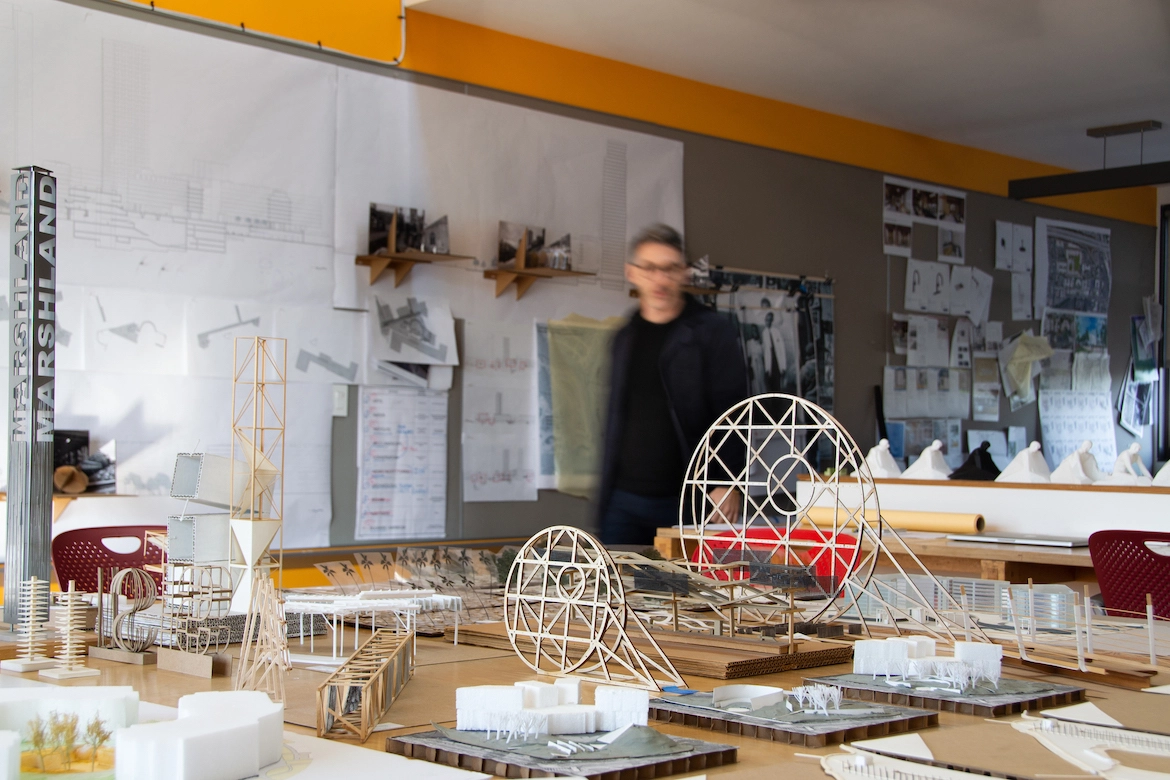
Walter Hood; Hood Design Studio (2023). Photo by Chris Derry
Among the participating practitioners in Force Majeure, Dangerous Liaisons, and Special Projects are: Adjaye Associates, Hood Design Studio, Kéré Architecture, MASS Design Group, Theaster Gates Studio, Andrés Jaque / Office for Political Innovation, Dream the Combine, Neri&Hu Design and Research Office, Ines Weizman, SCAPE Landscape Architecture, Höweler + Yoon, Sumayya Vally and Moad Musbahi, Olalekan Jeyifous, Studio Sean Canty, AD–WO, Studio Barnes, J. Yolande Daniels, Low Design Office, and Wolff Architects.
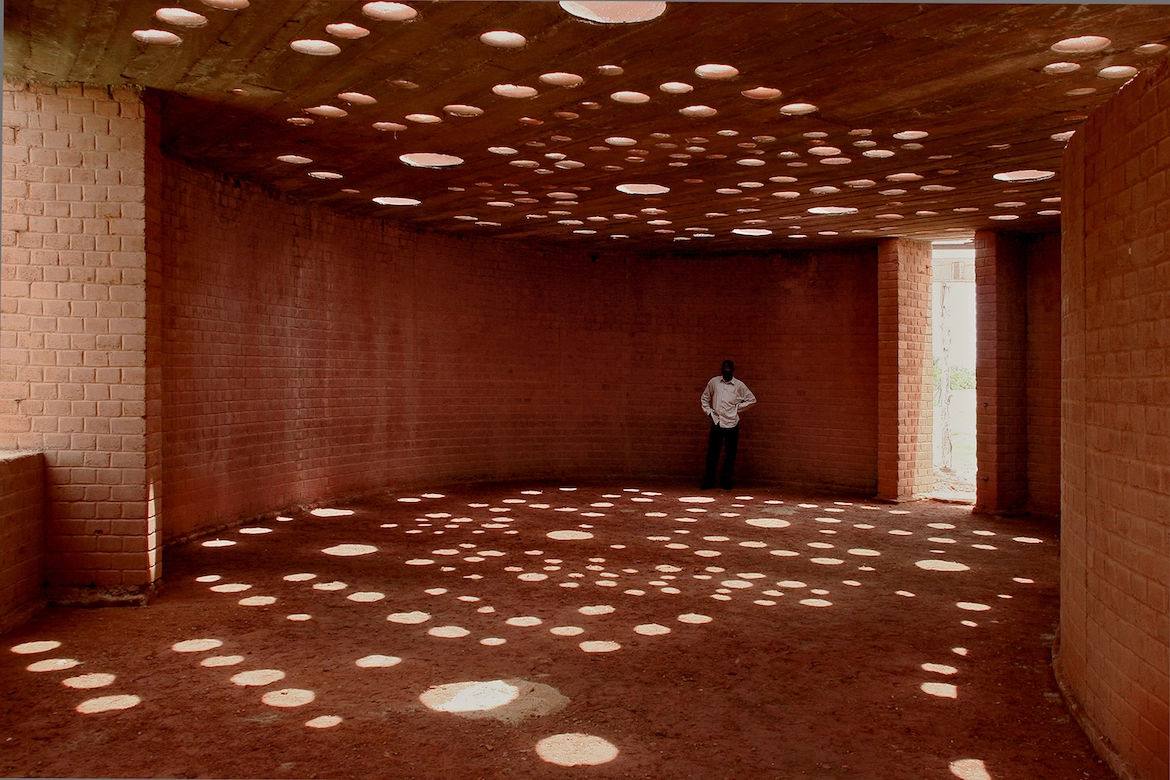
Francis Kéré; Francis Kéré standing in the Gando Library with sunlight coming through the ceiling skylights made from clay pots (2011). Photo by Nataniel Sawadogo, Courtesy Kéré Architecture
Said Lokko in a statement: “We have deliberately chosen to frame participants as ‘practitioners’—and not ‘architects’ and/or ‘urbanists,’ ‘designers,’ ‘landscape architects,’ ‘engineers,’ or ‘academics’ because it is our contention that the rich, complex conditions of both Africa and a rapidly hybridizing world call for a different and broader understanding of the term ‘architect.’”
“Central to all the projects is the primacy and potency of one tool: the imagination,” Lokko added. “It is impossible to build a better world if one cannot first imagine it.”Polymers and Pavilion-Hopping
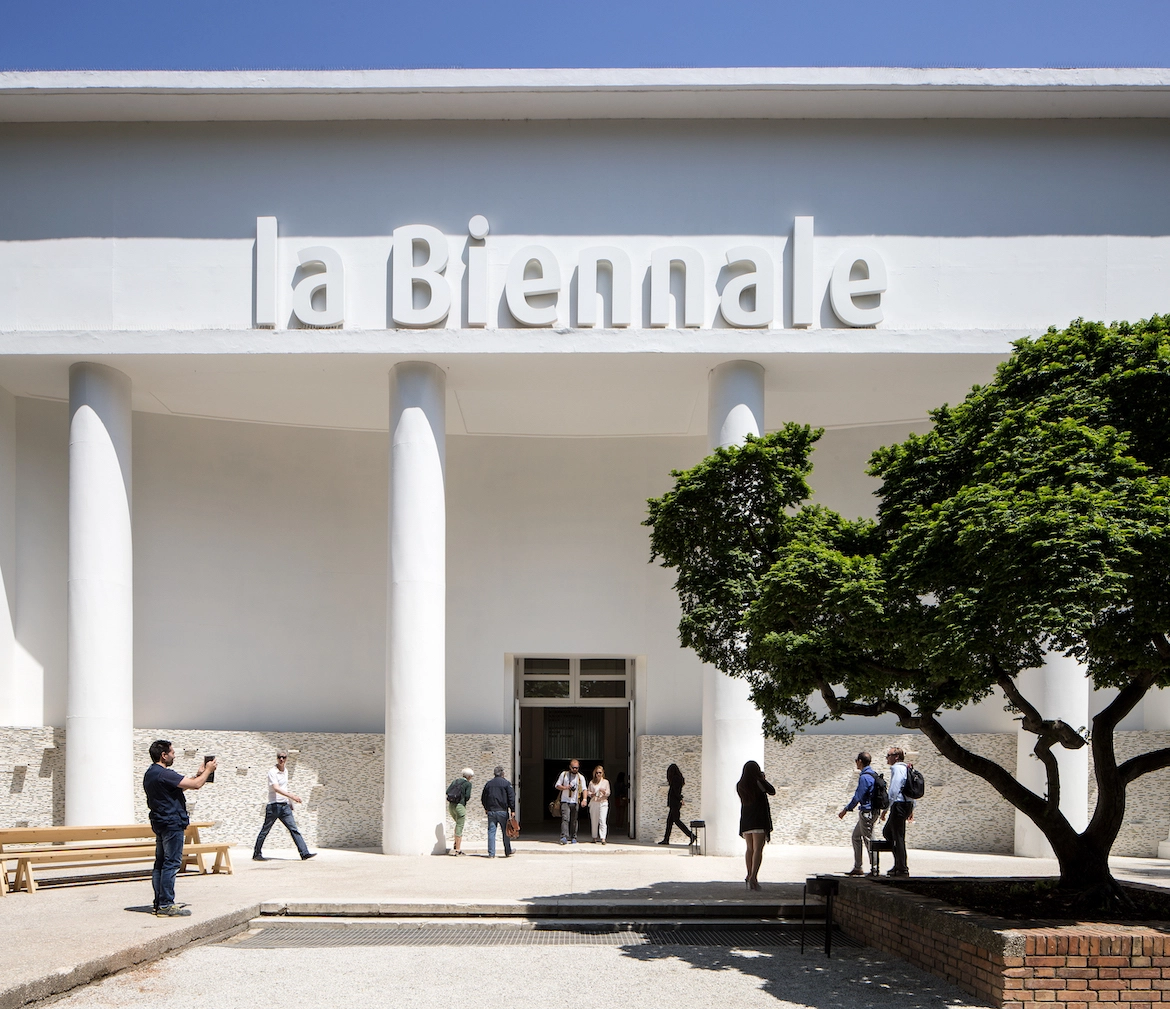
The Central Pavilion at the Venice Giardini. Photo by Francesco Galli
As is tradition, a lion's share of the 18th Venice Architecture Biennale’s globe-spanning national participants, will exhibit within the permanent pavilions—many designed by notable architects—that populate the famed Giardini in the city’s Castello district. An additional 22 national exhibitions will rise at the Arsenale with 14 more featured at prominent locations across the city. Niger will make its Venice Architecture Biennale debut this cycle and Panama will participate for the first time with its own pavilion.
As for the neoclassical United States Pavilion, which was completed in 1930 as the ninth national pavilion on the grounds on the Giardini, it will host Everlasting Plastics. Commissioned by SPACES, a nonprofit alternative gallery space in Cleveland, the exhibition’s site-specific installations will “provide a platform for artists and designers to engage audiences in reframing the overabundance of plastic detritus in our waterways, landfills, and streets as a rich resource,” elaborated a February press release,” adding that the works will “invite a discussion about the ways that plastics both shape and erode contemporary ecologies, economies, and the built environment, while also suggesting possible alternatives and necessary re-imaginings for the ways in which plastics are deployed.”
Commissioned by Everlasting Plastics curators Tizziana Baldenebro, executive director of SPACES, and Lauren Leving, curator at the Museum of Contemporary Art Cleveland, are works from a cohort of (heavily Midwest-based) artists and designers: Xavi Aguirre, assistant professor of architecture at the Massachusetts Institute of Technology; Detroit-based designer Simon Anton; Ang Li, assistant professor at the Northeastern University School of Architecture; Norman Teague, assistant professor in the School of Design at the University of Illinois, and Cleveland-based sculptor Lauren Yeager. “They all have really different ways that they’re thinking about plastic waste in circulatory systems,” said Baldenebro of the participating designers.
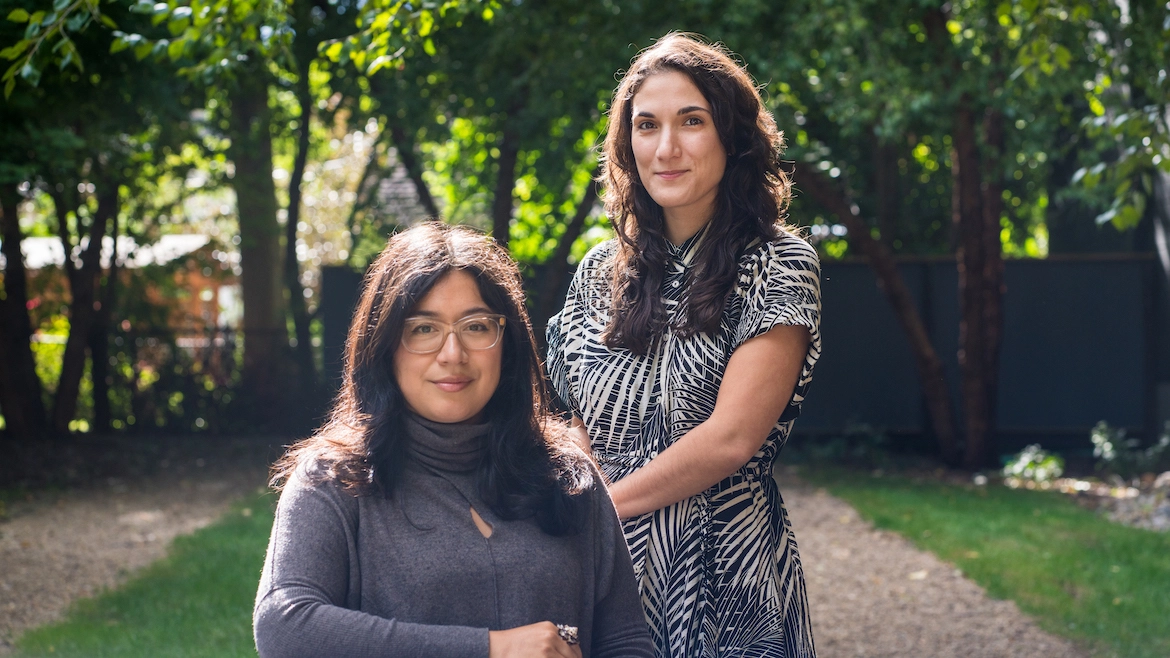
1
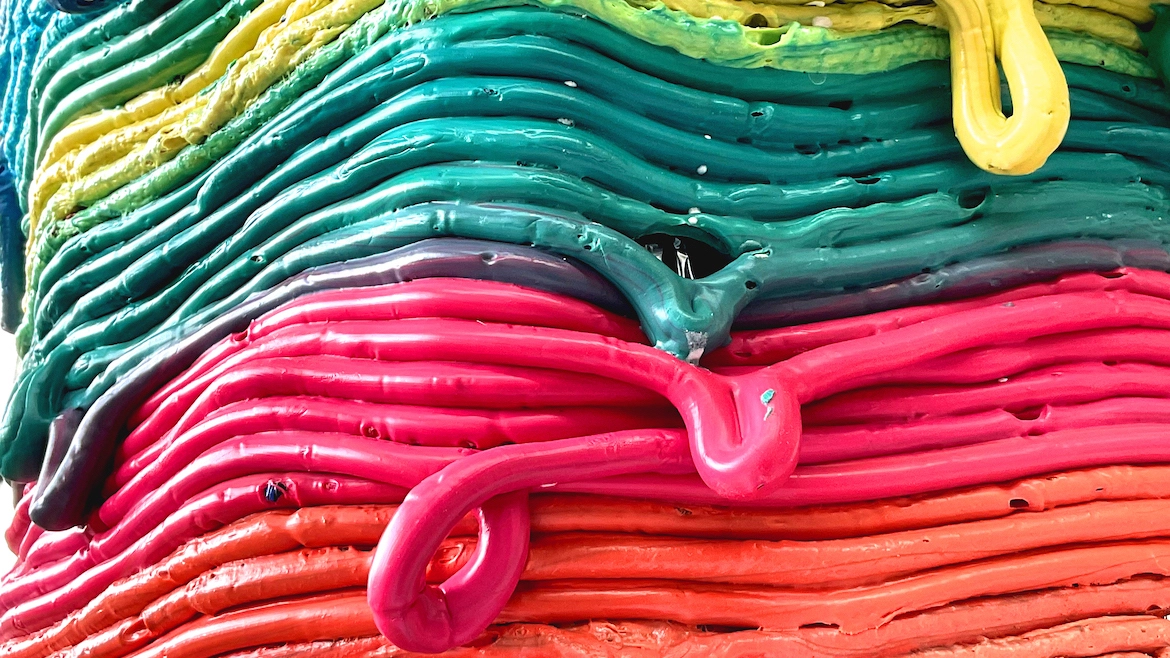
2
Everlasting Plastics co-curators Tizziana Baldenebro (left) and Lauren Leving (1). A 2023 work by Chicago-based designer and educator Norman Teague created from extruded recycled plastic (2). Photo courtesy the artist
Cleveland and greater northeast Ohio have deep economic ties to the plastics industry as a national leader in polymer manufacturing. The region garnered international attention earlier this year when, on February 3, a train carrying highly toxic vinyl chloride derailed roughly 90 miles south of Cleveland in the community of East Palestine, Ohio, sparking an environmental catastrophe. Speaking to RECORD just weeks after the derailment, Leving relayed that the curatorial approach of Everlasting Plastics remains a largely optimistic one. “It’s not productive to be negative—we need to think about creative and innovative ways that we can use the plastic that is already in the world since we’re in an era of really thinking about climate change,” she said.
Partnering with the Everlasting Plastics team is Venice Lagoon Plastic Free, a local environmental group dedicated to cleaning up—and educating the public about—one of the city’s most prevalent and unsightly pollution sources. As Baldenebro told RECORD, one of the show’s designers, Simon Anton, will work with the nonprofit during the run of the Biennale to organize waterway cleanups and create a new design object out of plastics removed from Venice’s waters. Additionally, a public lecture series, student courses, and workshops at the U.S. Pavilion will “draw parallels between Ohio’s largest industries, and the plastic waste accumulating on the banks of the Venetian Lagoon, connecting communities most affected by plastic production, pollution, and environmental mismanagement,” a press release explained.
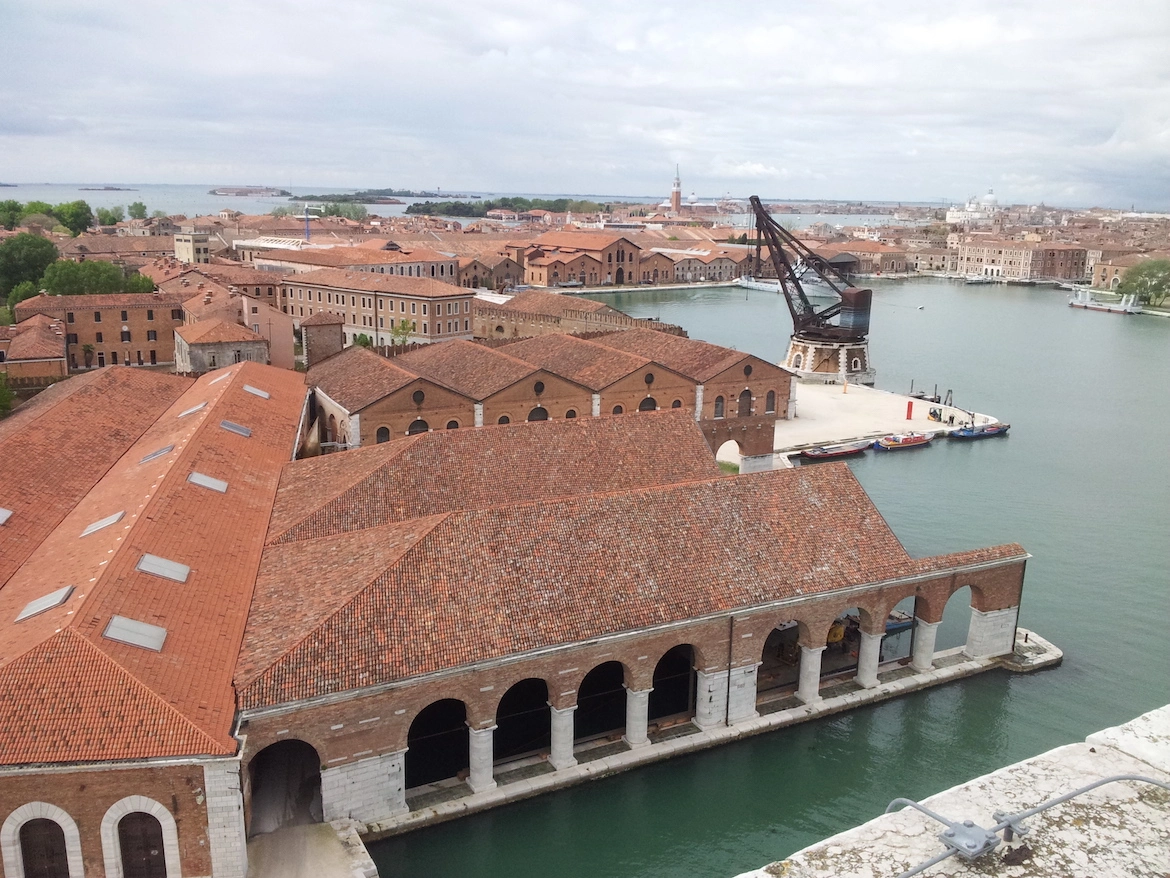
Overhead view of the Venice Arsenale. Photo by Andrea Avezzu, courtesy La Biennale di Venezia
National presentations held at other Giardini-bound pavilions include Open for Maintenance (Germany), Building Ecosystems (the Netherlands), Coastal Imaginaries (Denmark), FOODSCAPES (Spain), Not for Sale! (Canada), Close to Ground (Israel), Terra (Brazil), and Neighbours (Switzerland). At the Arsenale, a historic shipyard-turned-exhibition venue, national exhibitions include Home Stage (Estonia), Aridly Abundant (UAE), The Structure of a People (South Africa), Unbuild Together: Archaism vs. Modernity (Uzbekistan), Renewal: A Symbiotic Narrative (China), and, last but not least, SPAZIALE: Everyone Belongs to Everyone Else (Italy).
Awards, auxiliary events, and more
Outside of Lokko’s central Laboratory of the Futureexhibition and the national pavilions, a total of nine collateral events, which present a “wide range of contributions and participations that enrich the diversity of voices that characterizes the exhibition of Venice” from national and international nonprofits and institutions, will also be held throughout the city during the Biennale’s six-month run. (Participants include National Taiwan Museum of Fine Arts, Fundació Mies van der Rohe, and the New York Institute of Technology.) What’s more, Carnival, a Rolex-supported programming series, will feature performances, talks, and more throughout the duration of the Biennale. “Conceived as a space of liberation rather than a spectacle or entertainment, Carnival offers a space for communication in which words, views, perspectives, and opinions are traded, heard, analyzed, and remembered,” Lokko detailed.
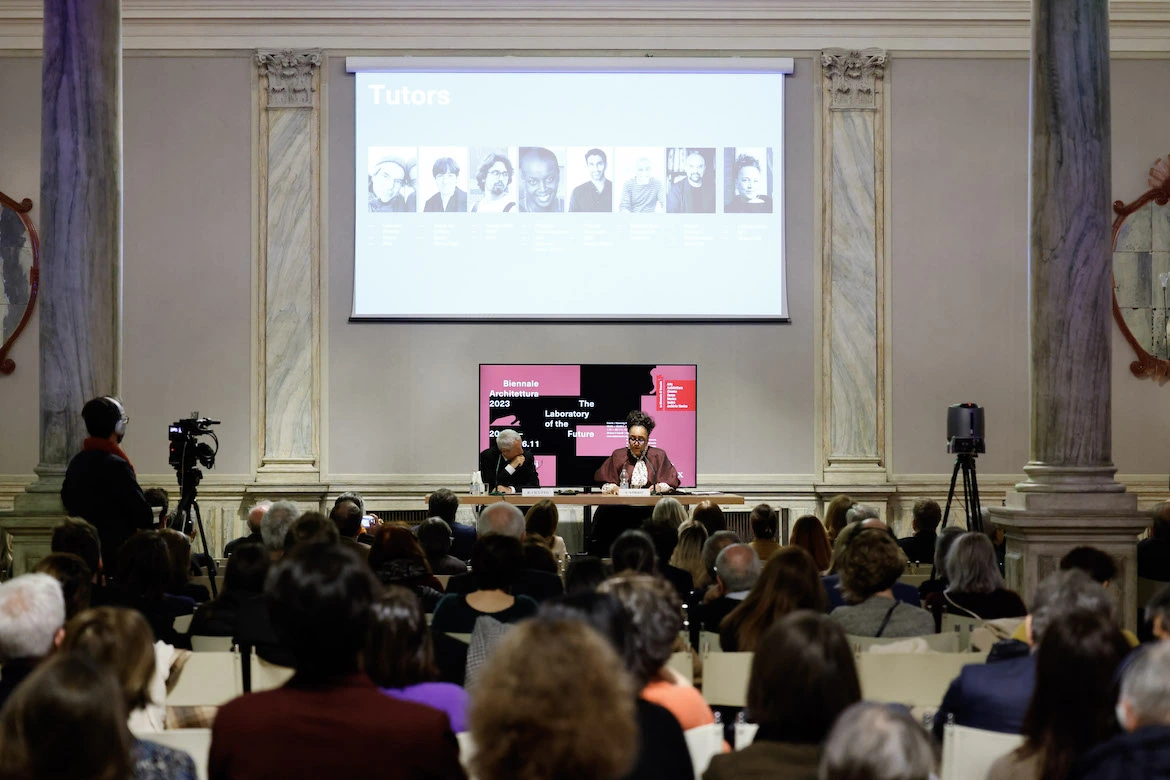
Roberto Cicutto and Lesley Lokko speak at a press conference held last year announcing the 18th Venice Archicture Biennale. Photo by Jacopo Salvi, courtesy La Biennale di Venezia
For the seventh year in a row, host organization La Biennale di Venezia and the Victoria and Albert Museum, London will also present the Applied Arts Pavilion Special Project at the Arsenale. This year’s presentation, entitled Tropical Modernism: Architecture and Power in West Africa, is curated by Christopher Turner with Nana Biamah-Ofosu, and Bushra Mohamed, and presented in collaboration with the Architectural Association, London, and Ghana’s Kwame Nkrumah University of Science and Technology (KNUST), Kumasi. Additionally, new to this edition is Biennale College Architettura, a teaching program running from June 25 through July 22 that will pair 15 “renowned international tutors” with 50 students, early career practitioners, and academics selected by Lokko.
Kicking off the Biennale during the May 20 inauguration and awards ceremony, will be the presentation of the Golden Lion for Lifetime Achievement. The 2023 recipient is Nigerian-born Demas Nwoko, whom Lokko described in a statement as being “everything all at once: an architect, sculptor, designer, writer, set designer, critic, and historian.”
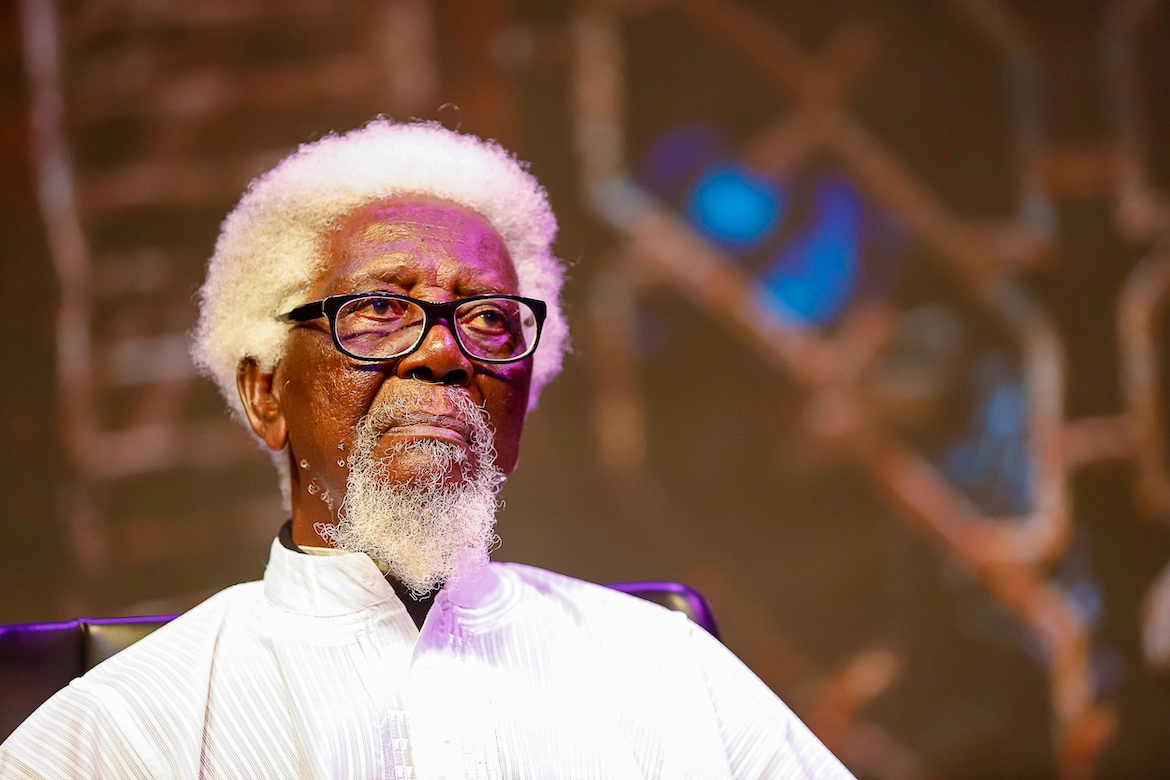
Demas Nwoko, recipient of the 2023 Golden Lion for Lifetime Achievement. Photo by Titi Ogufere
“When pushed, he refers to himself as an ‘artist-designer,’ which speaks both to the polyglot nature of his talents and oeuvres, and to the rather narrow interpretation of the word ‘architect’ that has arguably kept his name out of the annals,” said Lokko, adding: “With all of its [the exhibition’s] emphasis on the future, however, it seems entirely fitting that the Golden Lion for Lifetime Achievement should be awarded to someone whose material works span the past 70 years, but whose immaterial legacy—approach, ideas, ethos—is still in the process of being evaluated, understood and celebrated.”
The 18th Venice Architecture Biennale opens to the public Saturday, May 20th, and runs through Sunday, November 23. The exhibition pre-opening, the vernissage, will be held on May 18th and 19th. Visitor information can be found here.
Check back for additional coverage from RECORD following the Biennale’s opening.



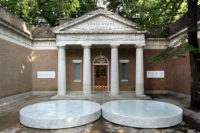
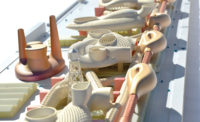
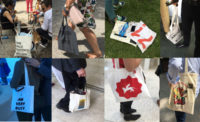
Post a comment to this article
Report Abusive Comment